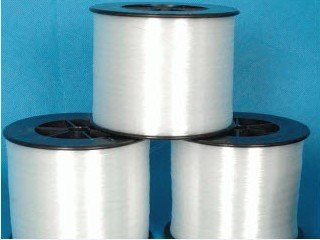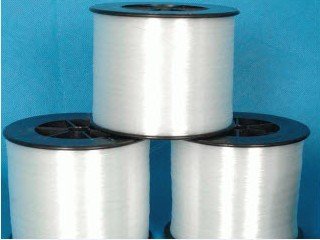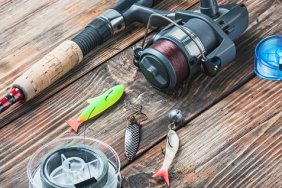 Many anglers put a lot of stock in choosing a high-quality reel, while others will defend that a strong and sensitive rod is the most important piece of tackle one can own. While a reliable reel and rod are crucial to any angler’s success, the most important purchase is the line between you and the fish. Ultimately the deciding factor in many catches, fishing line is available in a wide variety of types from several companies. Which one should you buy before heading out, however? What makes one line better than another? These are questions I’ve heard, and answered, more times than I can remember. The truth is, between monofilament, braid, and fluorocarbon, there isn’t one type that out-performs the other. Each type excels in particular water types, fish species, and situations, and it’s up to the angler to determine, based upon the characteristics of each, what line bests suits their needs for the day.
Many anglers put a lot of stock in choosing a high-quality reel, while others will defend that a strong and sensitive rod is the most important piece of tackle one can own. While a reliable reel and rod are crucial to any angler’s success, the most important purchase is the line between you and the fish. Ultimately the deciding factor in many catches, fishing line is available in a wide variety of types from several companies. Which one should you buy before heading out, however? What makes one line better than another? These are questions I’ve heard, and answered, more times than I can remember. The truth is, between monofilament, braid, and fluorocarbon, there isn’t one type that out-performs the other. Each type excels in particular water types, fish species, and situations, and it’s up to the angler to determine, based upon the characteristics of each, what line bests suits their needs for the day.
Monofilament is easily the most well-known type of line used by anglers. It is also the least expensive. This is due to the material of which it’s made; a thinly molded strand of plastic. It is optimal for more open waters where objects like logs, docks, bridges—anything that may damage or nick your line while fighting a fish—won’t pose a risk. It is also a popular choice for beginners and casual fishermen, as well, because of its low cost. While most monofilaments are less costly, it’s important to remember that many of the lesser-known brands don’t possess the quality, durability, and reliability of their more popular counterparts. Tensile strength, flexibility, knot strength, and a degree of abrasion resistance are imperative traits that a line should possess, but are often absent from lower-quality products.
There are dozens of monofilaments available, but some impressive ones to consider are P-Line’s CXX and Sufix’s Siege and Elite lines. The CXX is a thin, but exceptionally durable monofilament that is popular among steelheaders for its ability to withstand logs and other structures while pulling in furious steelhead, as well as its low-visibility green coloration that allows it to efficiently blend in with murky underwater environments. The Siege and Elite lines offered by Sufix undergo a very unique cooling process, during which they are lain flat while they cool, instead of being coiled like most other lines. This gives them their limp and soft characteristics and reduces the memory that can be a hindrance among many monofilaments. These are just suggestions, of course, based on my own experiences, as well as those of former customers I’ve helped. I always suggest trying out different lines to see which ones better appeal to your needs on the water.
Monofilament, arguably the most well-known type of line in the fishing world, is still only one type of line available to anglers. Best-suited for casual fishing and open water, a good monofilament line will produce great knot strength, a decent amount of stretch without weakening, low-vis colors, and some will even possess a level of abrasion resistance. However, despite monofilament’s great qualities, it is still designed for specific waters and certain types of fishing. Should the need present itself, there are two other basic line types that are better suited for more challenging situations where a different approach is required. Keep an eye out for the next piece of my three-part series on fishing line, where I’ll detail all the great qualities of braided line.








